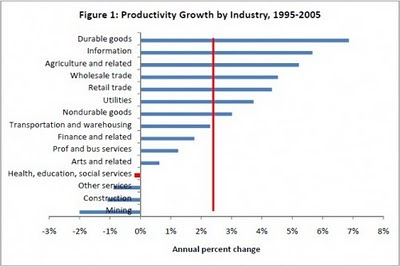Trouble in the middle...
I have written before about my happy experiences at a small bank. In this context I'm calling less than $100M small. Right now, my bank - and especially its holding group - are deposit heavy and due to very conservative management, and looking for the
unicorn of investments: risk-free, high yields.
So for established customers and farmers with good financials, ample funds and low rates are our happy lot.
But this sector of the ag finance business may be more unique than even I thought.
Farm Credit is undoubtedly sound, but also struggling with a portfolio of more than a few underperforming ethanol, hog, and dairy loans. Nor are these relatively small loans either. I don't think they are under particular duress, but even slight regulatory changes could cause more friction.
And who knows whether it's over in the livestock struggles.
The surprising (to me) troubled lenders are
regional banks, for whom ag lending has been a tiny activity, and who are under considerable duress again after
seeming to climb out of the abyss earlier.
But today Fifth Third and other regional banks across the nation are being shaken to the core by a 21st century financial crisis. For many of them, things are going from bad to worse.
Home mortgages and other loans that the banks made in good times are souring so fast that many of the lenders are scrambling to prop themselves up. If the pain worsens — and many analysts say it will — some of these banks, like Fifth Third’s predecessors, may eventually seek out suitors, most likely large national rivals.
For now, however, no one seems to want the regional banks. Stock market investors are deserting them en masse. On Wednesday, Fifth Third’s share price plunged 27 percent to $9.26, its lowest level in more than a decade, after the bank said it would cut its dividend and seek to raise $2 billion. Other financial stocks, particularly regional banks’ shares, also tumbled. The Standard & Poor’s 500 Regional Banks Index sank 6.8 percent.
“Everybody is trying to figure out where the bottom is,” said Jennifer Thompson, a regional bank analyst for Portales Partners in New York. “Every time a bank reports another capital raise or reports that things are worse than they anticipated, there is another round of selling.”
But Wednesday was just one more bad day in what has been a horrible year for small and midsize banks. Their descent in the stock market has been remorseless, reflecting the economic pain in their own backyards. Weakening housing and construction markets in regions like the Midwest, Southeast and Southwest have hit lenders in those areas hard. [More]
One result is
intense demand from large farmers for more in-house (vendor) credit, such as Deere or Pioneer credit arms. Large operations were more likely to have outgrown small banks and were aggressively targeted by regional banks up until recently.
But ag lending was a sideline and certainly outside much of their expertise. Consequently, many seem to be anxious to drop that part of the portfolio as they cut back personnel and offices. And
struggle with unwise CRE (commercial real estate) loans.
But the problem is writing commercial credit is no picnic either. Corporate paper of any kind is not the flavor of the month for risk averse investors. That's why demand for T-bill remains rampant and interest pressures non-existent. Investors have learned they really don't know what is behind corporate bonds, and more than a few have taken some radical haircuts. Nor are vendors really anxious to get into a messy business nitty-gritty of operating loans, like customers want. Keep in mind that seed corn finance programs, for example,
are unsecured - almost unheard of today.
So we end up with the odd result of small community banks often being the place to be for ag borrowers, IMHO. Ag lending is their cash cow, and with few risk-free options, they are often bulging with nervous deposits and gazing out the window at steadily appreciating farmland and profitable farm operations of modest size.
Sometimes it pays to be small, too. Just not often.









